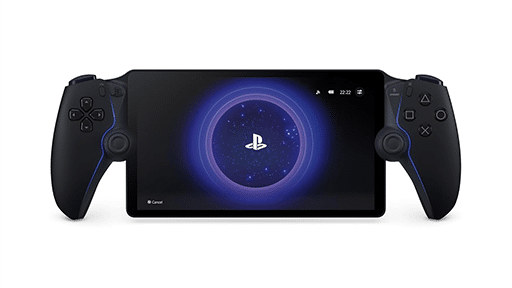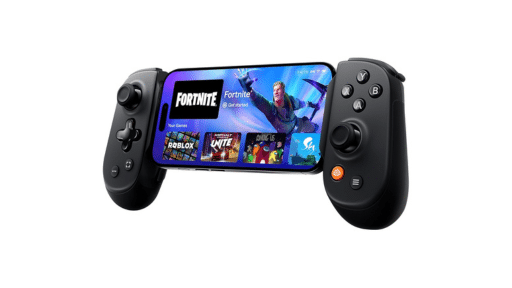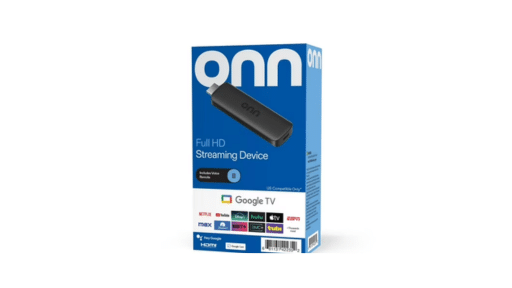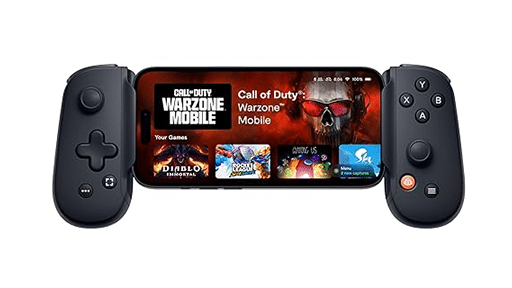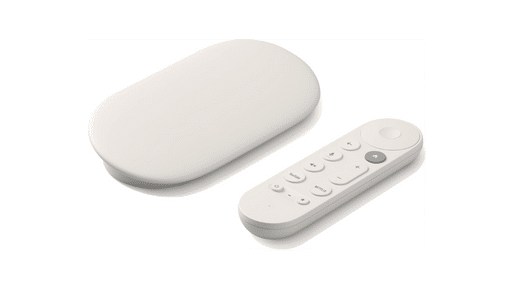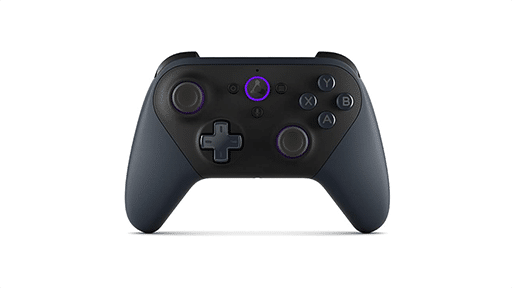
In the video, Fares and Wolontis break down how they’re using Nintendo Switch 2’s hardware to support real-time voice chat, seamless online co-op, and fast load times. They also share their philosophy on great co-op design and how Split Fiction evolves ideas from Hazelight’s past games in a bold new direction.
This follows last week’s episode on Hades II and the earlier interview with FromSoftware director Hidetaka Miyazaki about The Duskbloods. With new episodes airing every Tuesday through May 20, Creator’s Voice is quickly becoming one of the best ways to get a behind-the-scenes look at how developers are building for Nintendo’s next system.
Designing Co-Op That Feels Personal and Reactive
In the Creator’s Voice video, Josef Fares emphasized that Split Fiction continues Hazelight’s mission to explore what makes co-op meaningful. According to Fares, the team doesn’t just design puzzles or gameplay scenarios for two people—they think about how cooperation shapes emotion, timing, and player interaction.
Each player takes control of one of the two lead characters—either the fantasy author or the sci-fi writer—as they move through levels shaped by their respective genres. You’re not just solving puzzles; you’re constantly reacting to how the other player’s world is influencing yours. That cross-genre structure plays directly into how the story unfolds and how the gameplay shifts from moment to moment.
One standout element is how often the game surprises you with character-specific moments. Fares said the writing leans into who your character is, with lots of lines and details that change depending on which character you’re controlling. This keeps the experience feeling fresh on a second playthrough with swapped roles.
Wolontis added that they designed the game with emotional pacing in mind—combining intense, chaotic sections with quieter, more personal moments. It’s not just about syncing your actions—it’s about syncing your story experience. That’s why both characters are fully voiced and reactive, giving the game a more cinematic, story-driven feel than Hazelight’s previous work.
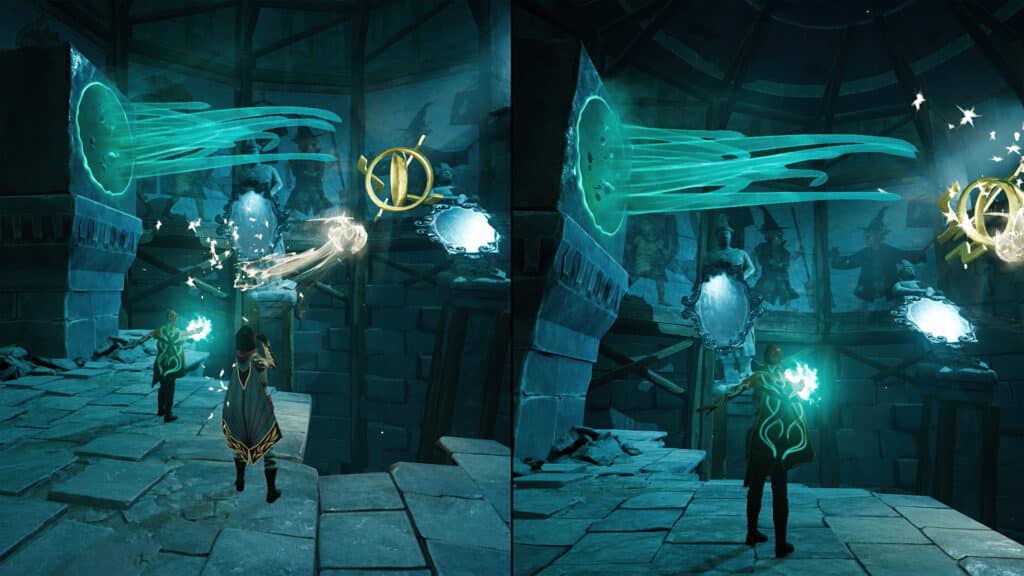
Built for Nintendo Switch 2 With Real-Time Co-Op and Faster Play
During the interview, both Fares and Wolontis emphasized how Split Fiction was built with the Nintendo Switch 2 in mind from an early stage. That gave the team room to experiment. Some features simply weren’t possible on the original Switch
One of the biggest changes is built-in voice chat. Unlike many co-op games that rely on external services, Split Fiction uses Switch 2’s system-level voice chat to let players talk in real time without any setup. Fares called this a “must” for a game where timing and communication matter so much.
Load times were also a focus. Thanks to the Switch 2’s faster storage and improved memory, the game transitions quickly between cutscenes, puzzles, and action segments. Wolontis explained that this speed helps keep the pacing fluid and supports the game’s tight level design.
They also pointed out that Switch 2’s upgraded visuals allow the team to do more with genre-specific aesthetics. The sci-fi sections have dynamic lighting and reflective surfaces, while the fantasy levels lean into richer textures and color depth. These visual contrasts help make each writer’s world feel distinct, even when you’re navigating them side by side.
While no specific framerate or resolution details were mentioned, both developers stressed how important it was to keep performance smooth and stable. That commitment shows up in the demo footage, where gameplay looked consistent even during split-screen co-op.
Update – New Details on GameShare, GameChat, and Friend’s Pass
Since the release of this Creator’s Voice episode, Hazelight has shared even more details about how Split Fiction uses Nintendo Switch 2’s co-op features. GameShare lets you play locally with another Nintendo Switch 2 or original Switch owner using just one copy of the game. Online co-op includes full support for Friend’s Pass and cross-play across platforms.
The game also takes advantage of GameChat, using the Switch 2’s built-in microphone for voice chat. If you connect the new Switch 2 Camera or a USB camera, your live video appears on the in-game UI—adding a personal touch to every co-op session. Preorders begin April 24 for $49.99 USD.
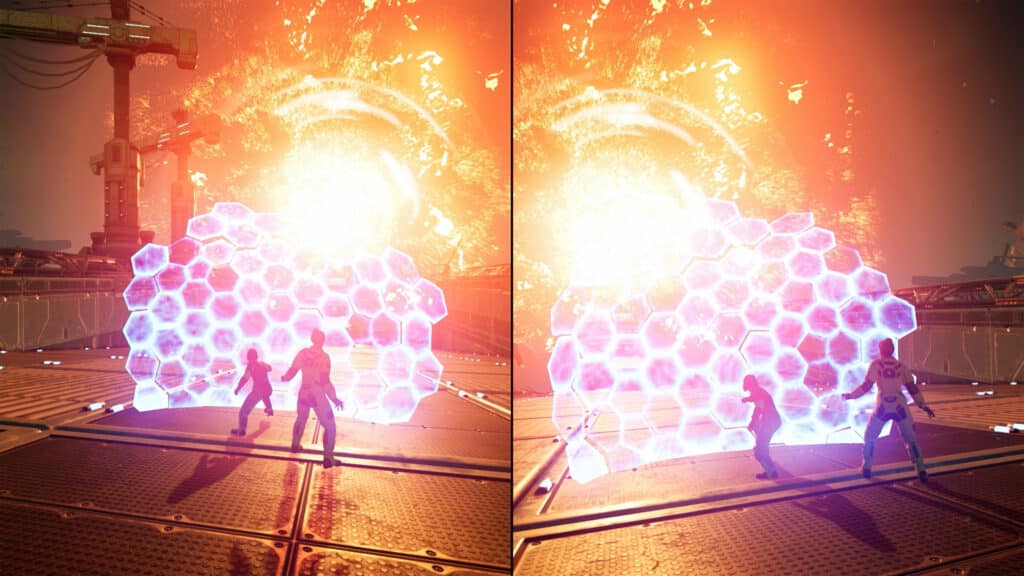
Split Fiction’s Vision for Co-Op Shines in Nintendo’s Creator’s Voice Series
Hazelight Studios already delivered a hit earlier this year with Split Fiction on other platforms. The game quickly built a following among fans who praised its co-op creativity, inventive mechanics, and memorable story. I played and reviewed Split Fiction when it launched earlier this year and loved it. Between the creative level design, strong co-op mechanics, and the way Mio and Zoe’s personalities shape the experience, it quickly became one of my favourite couch co-op games in recent memory. So it’s no surprise that the team is treating the Nintendo Switch 2 release as a chance to go even further.
This Creator’s Voice episode didn’t reveal a ton of new gameplay, but it gave us real insight into how Josef Fares and his team think about co-op. From the way dialogue is recorded dynamically to how the hardware enables built-in voice chat and seamless online pairing, it’s clear this version was designed with Nintendo’s audience in mind.
The mix of fantasy and sci-fi, the layered personalities of Mio and Zoe, and the genre-blending gameplay all make Split Fiction a standout co-op experience—and one that already resonates with players. Seeing it get the spotlight in Nintendo’s Creator’s Voice series is a reminder of how far co-op storytelling has come, and how it’s still evolving on new hardware.
Split Fiction comes to Nintendo Switch 2 on June 5, the same day the Nintendo Switch 2 launches. Are you planning to revisit Split Fiction on Nintendo Switch 2? Or is this your first time stepping into Mio and Zoe’s stories? Let us know.
As always, remember to follow us on our social media platforms (e.g., Threads, X (Twitter), Bluesky, YouTube, and Facebook) to stay up-to-date with the latest news. This website contains affiliate links. We may receive a commission when you click on these links and make a purchase, at no extra cost to you. We are an independent site, and the opinions expressed here are our own.

